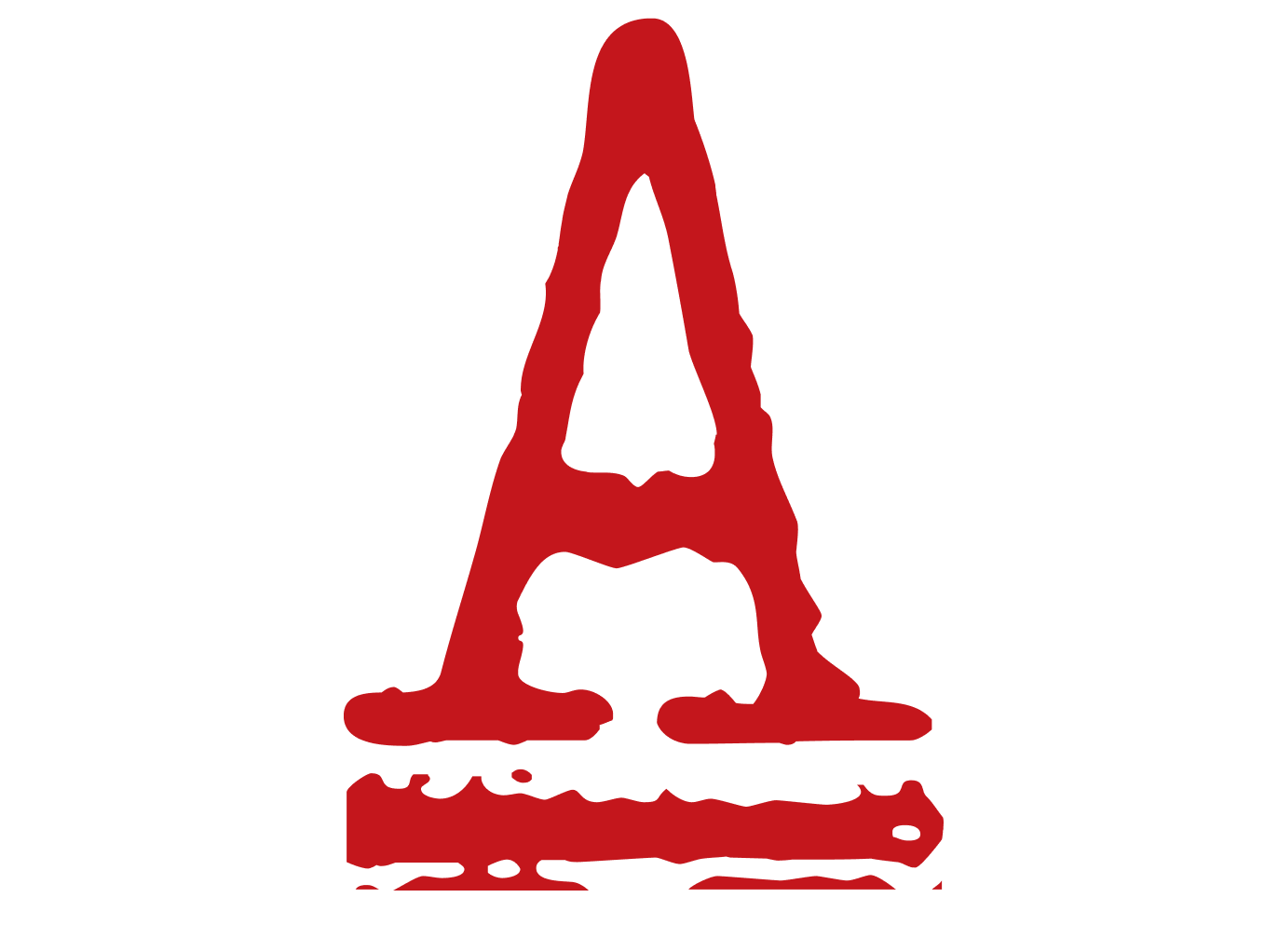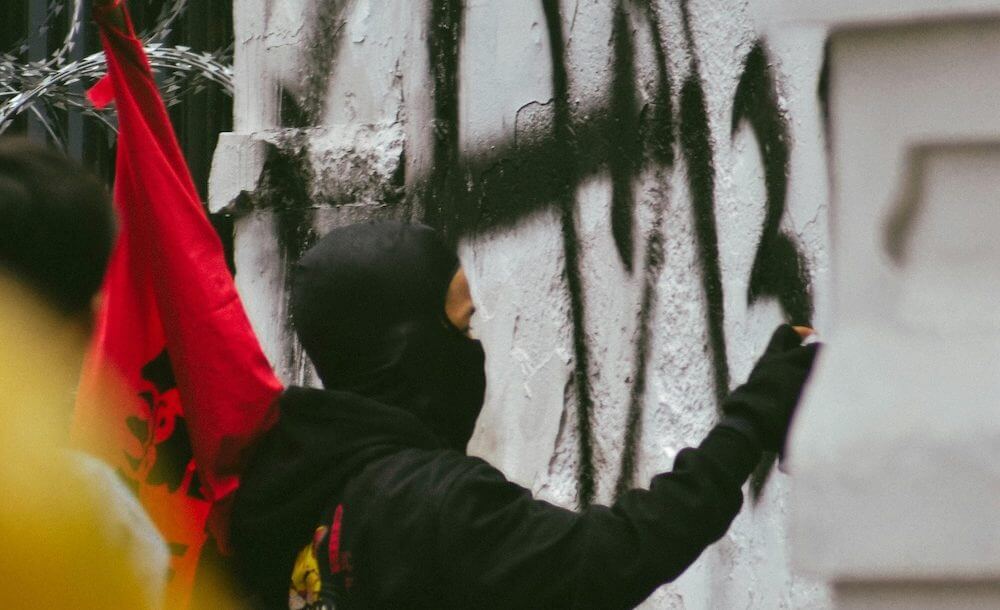The official response to August’s protests shows how Indonesia’s small but active anarchist community has become the go-to bogeyman for governments seeking to justify crackdowns. The scapegoating of anarchists has meanwhile undermined the unity and political impact of anti-oligarchic protest movements.
By Mochammad Naufal Rizki
In late August and early September 2025, Indonesia saw one of its most intense protests in the country’s post-reformasi history. Sparked by public anger at salary increases for high-ranking officials, the demonstrations soon tapped into wider frustrations over social justice, economic inequality, inflation, corruption, state’s violence and militarism, and ultimately descended into violence and riots in which at least 11 people were killed. The police responded with heavy-handedly, arresting thousands of protesters. In recent weeks, authorities have justified their response by blaming “anarcho” groups (kelompok anarko), portraying them as the architects of unrest.
This fits a pattern seen in Indonesia’s recent protest waves: from the #ReformasiDikorupsi student protests of 2019, the Omnibus Law protests in 2020, the “Emergency Warning” (Peringatan Darurat) rallies of 2024, to the “Dark Indonesia” (Indonesia Gelap) actions of early 2025. In each case, officials quickly blamed “anarchist” agitators for unrest, using the anarko label to discredit demonstrations and justify crackdowns. The term anarko (anarchist) has thus become a catch-all bogeyman in official narratives of protest violence. But is the threat of anarchist groups truly as grave as portrayed? Since when did Indonesian authorities begin using this label, and to what effect?
Anarchism in Indonesia: a long-standing but fringe movement
A textbook might define anarchism s a political philosophy that rejects hierarchies of domination, especially the state and capitalism. Anarchists, accordingly, advocate for horizontal forms of social organisation based on mutual aid, voluntary cooperation, and direct democracy. In Indonesia, however, “anarki” is commonly understood to mean “chaos” or “vandal”. This linguistic overlap has fuelled deep misconceptions. Police and media often equate any violent protest or act of vandalism with “anarchism”, regardless of whether those involved identify with anarchist ideology.


